

Choosing the right wall screws is crucial for securely mounting anything from picture frames to heavy shelves. This guide covers different types of wall screws, how to select the right ones for your project, and tips for successful installation, ensuring a safe and stable result for all your mounting needs.Understanding Different Types of Wall ScrewsThe world of wall screws can seem overwhelming, but understanding the different types available is the first step to making the right choice. Each type is designed for specific wall materials and weight capacities.Drywall ScrewsDrywall screws are specifically designed for attaching drywall to studs. They feature a sharp point for easy penetration and a bugle head that sits flush with the drywall surface. While they can be used for light-duty hanging, they are not ideal for supporting significant weight on their own.Wood ScrewsWood screws are versatile and can be used in a variety of wood and composite materials. They come in different lengths and gauges, and can be used with anchors for added holding power in drywall or plaster.Masonry ScrewsMasonry screws are designed for use in concrete, brick, and other masonry materials. They are typically made of hardened steel and feature threads that cut into the masonry, providing a strong and secure hold. Pre-drilling is almost always required.Self-Drilling Screws (Tek Screws)Self-drilling screws, also known as Tek screws, have a drill bit point that eliminates the need for a pilot hole in thin metal or other materials. They are useful for attaching metal to metal or other applications where pre-drilling is difficult.Specialty Wall ScrewsBeyond the common types, there are specialized wall screws designed for specific applications:Picture Hanging Screws: Small and discreet, often with integrated hooks for easy picture hanging.Mirror Screws: Designed with a decorative cap to conceal the screw head for a clean and professional look.Shelf Support Screws: Designed to support shelf brackets with a longer shank and increased load capacity.Choosing the Right Wall Screws for Your ProjectSelecting the correct wall screws depends on several factors, including the wall material, the weight of the item you're hanging, and the desired aesthetic.Identifying Your Wall MaterialThe first step is to accurately identify your wall material. Common wall types include:Drywall: The most common wall material in modern homes. It's relatively soft and requires anchors for heavier items.Plaster: Older homes often have plaster walls, which are harder than drywall but can be prone to crumbling.Wood Paneling: Usually thinner than standard wood walls and may require specific screw lengths.Concrete/Brick/Masonry: Requires masonry screws and a hammer drill for installation.Calculating Weight RequirementsEstimate the weight of the item you'll be hanging, and add a safety margin. It's always better to overestimate than underestimate. Consider dynamic loads as well, such as the weight of books on a shelf.Selecting the Appropriate Screw Size and LengthThe screw size (diameter) and length are crucial for a secure hold. Larger diameter screws provide greater holding power. The length should be sufficient to penetrate the wall and anchor securely into a stud or anchor.Here's a general guideline (always consult manufacturer specifications for precise data): Screw Size (Diameter) Approximate Weight Capacity (with Appropriate Anchor in Drywall) Typical Applications #6 (3.5mm) Up to 10 lbs Light picture frames, small decorations #8 (4.2mm) Up to 20 lbs Medium picture frames, small shelves #10 (4.8mm) Up to 30 lbs Larger shelves, mirrors #12 (5.5mm) and larger 30+ lbs (requires heavy-duty anchors or stud mounting) Heavy shelves, large mirrors, TVs *Note: Weight capacities are estimates and depend heavily on the type of anchor used and the wall material. Always consult the anchor manufacturer's specifications.Choosing the Right Anchor (If Necessary)For drywall and plaster walls, anchors are often necessary to distribute the weight and prevent the screw from pulling out. Common anchor types include:Plastic Anchors: Inexpensive and suitable for light-duty applications.Self-Drilling Anchors: Easy to install and provide good holding power in drywall.Toggle Bolts: Provide the strongest hold in drywall, ideal for heavy items.Molly Bolts: Expand behind the wall for a secure grip.Installation Tips for Wall ScrewsProper installation is just as important as choosing the right wall screws. Here are some tips for successful installation:Pre-Drilling Pilot HolesFor hard materials like wood or masonry, pre-drilling a pilot hole is essential. This prevents the wood from splitting and makes it easier to drive the screw straight.Using the Right Screwdriver or Drill BitUse a screwdriver or drill bit that matches the screw head size and type. This prevents the screw head from stripping and ensures a secure fit.Driving Screws StraightApply even pressure and drive the screw straight into the wall. Avoid angling the screw, as this can weaken the hold.Avoiding Over-TighteningOver-tightening can strip the screw head or damage the wall material. Stop tightening when the screw is snug and flush with the surface.Where to Buy Wall ScrewsYou can buy wall screws at most hardware stores, home improvement centers, and online retailers. Consider purchasing a variety pack to have different sizes and types on hand for various projects.Hebei Muyi Import&Export Trading Co.,Ltd, a trusted provider of high-quality fasteners, offers a wide selection of wall screws to meet diverse needs. Whether you need drywall screws, wood screws, or masonry screws, you can find the right products for your projects at competitive prices. Their expertise ensures you get the correct screws for the job.Troubleshooting Common ProblemsScrews StrippingIf a screw strips, try using a screw extractor or a larger screw. You can also fill the hole with wood glue and toothpicks, let it dry, and then try again.Screws Pulling OutIf a screw pulls out, it likely means the anchor is not strong enough or the wall material is too weak. Try using a stronger anchor or moving the item to a different location.Screws BendingScrews bend when they are not strong enough for the weight being supported. Use a larger diameter screw or a stronger material.Safety PrecautionsAlways wear safety glasses when working with wall screws.Be aware of electrical wiring and plumbing behind walls.Use caution when working at heights.By following these guidelines, you can confidently select and install the right wall screws for your project, ensuring a safe and secure result.


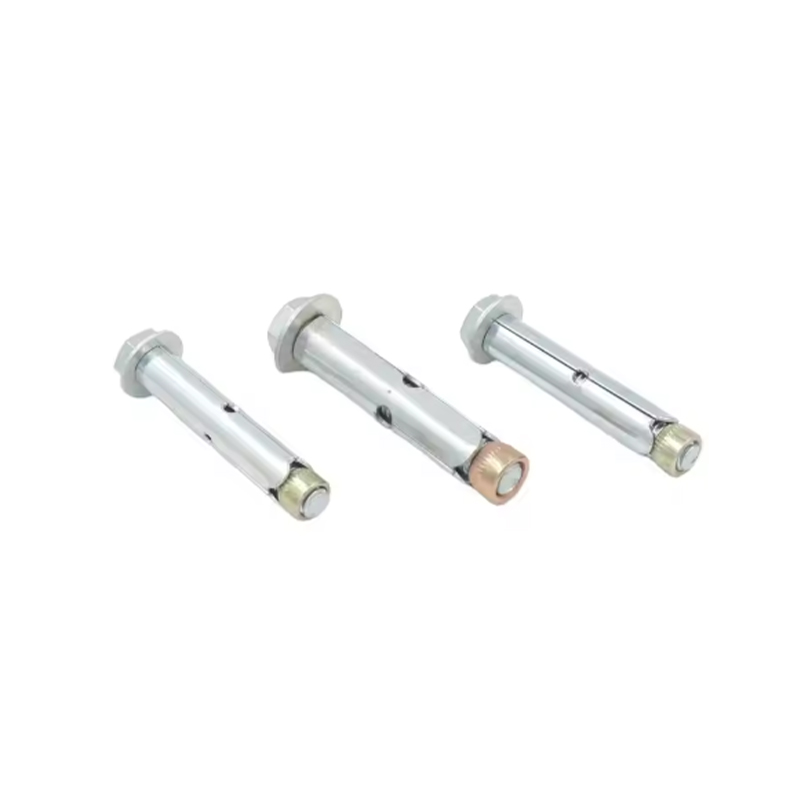

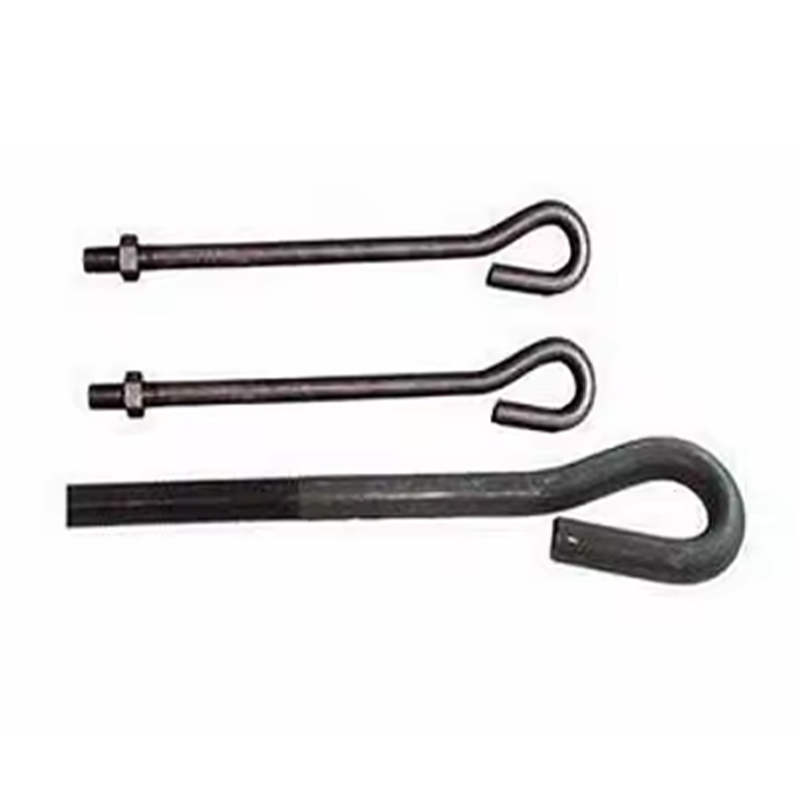
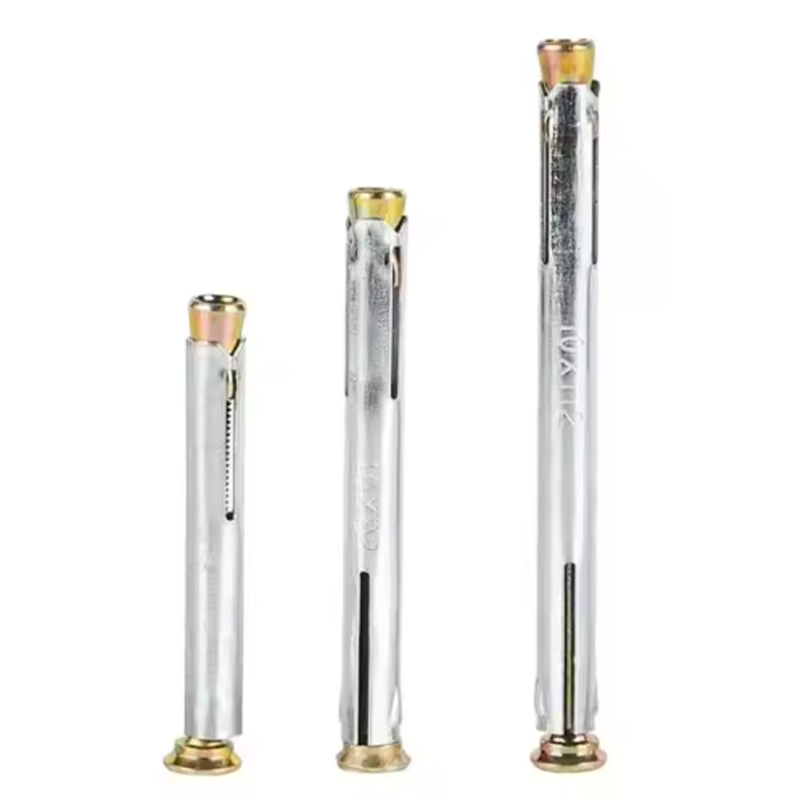

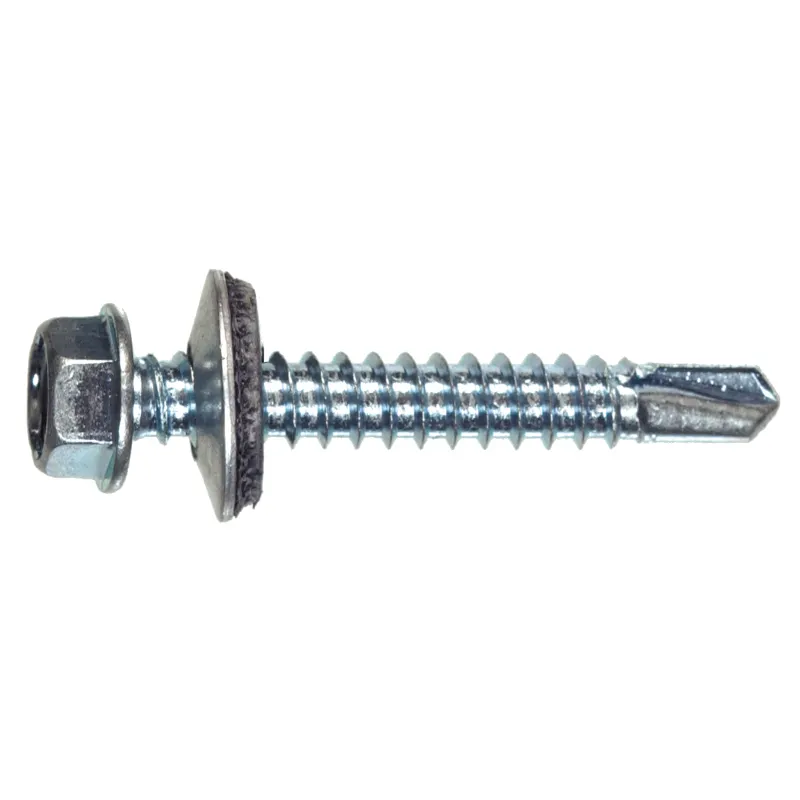
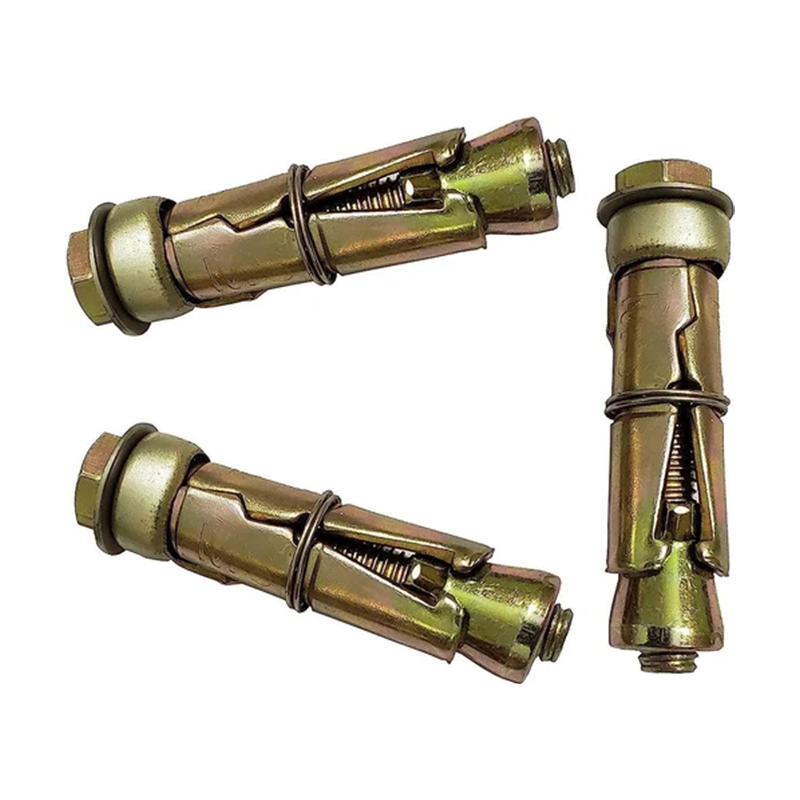
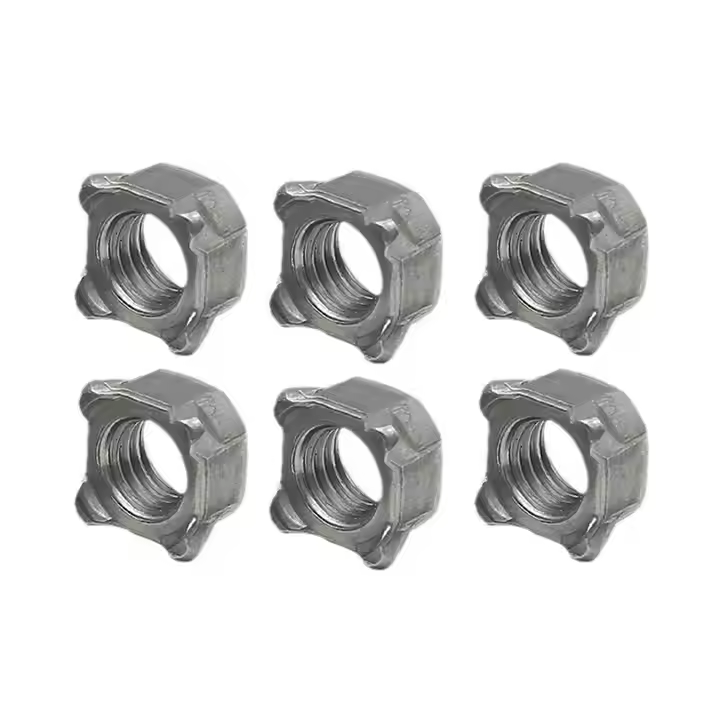
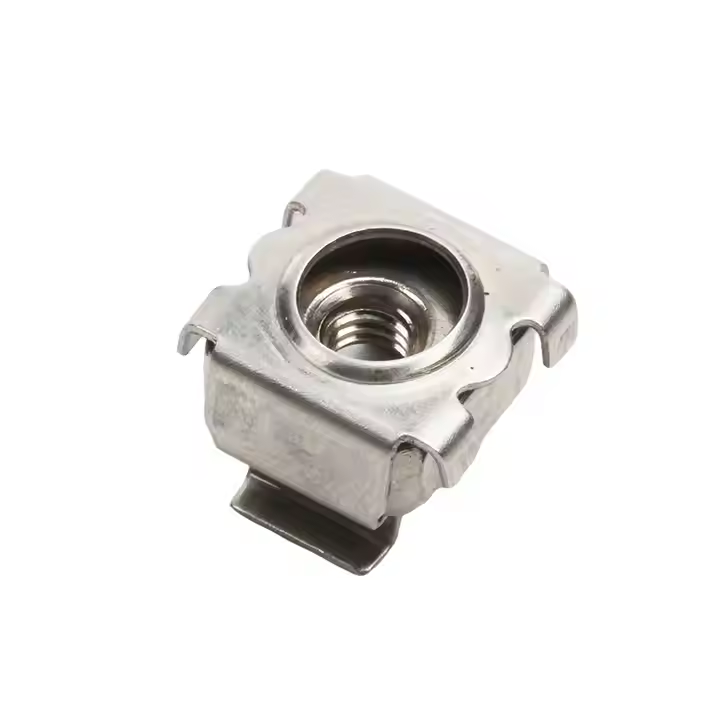
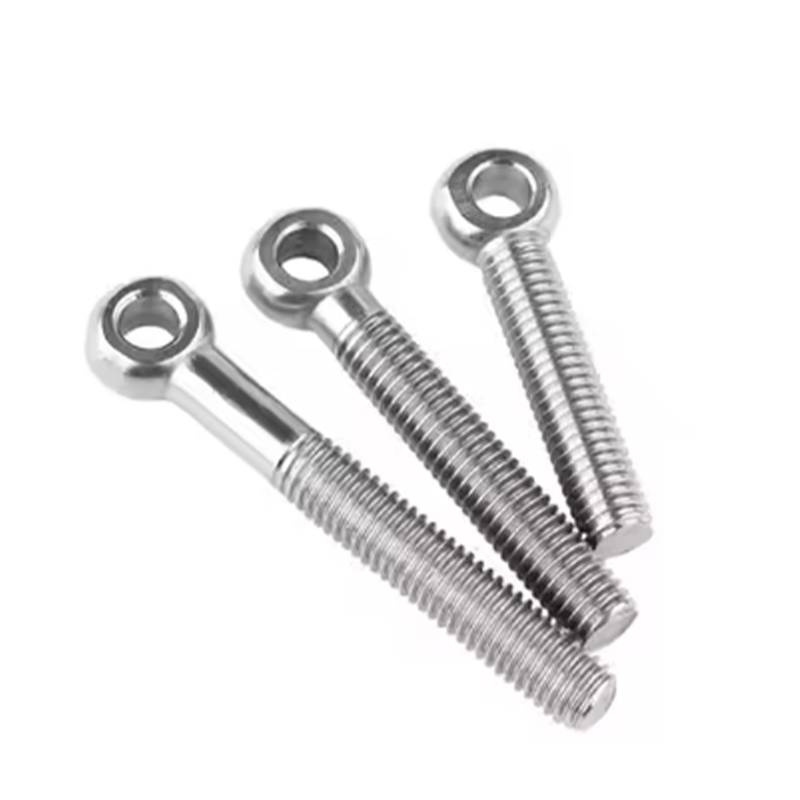

Please enter your email address and we will reply to your email.